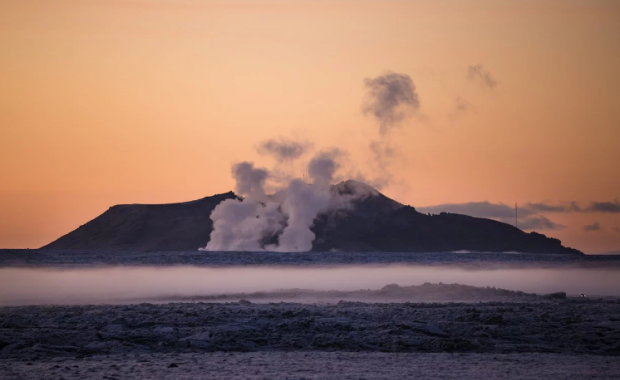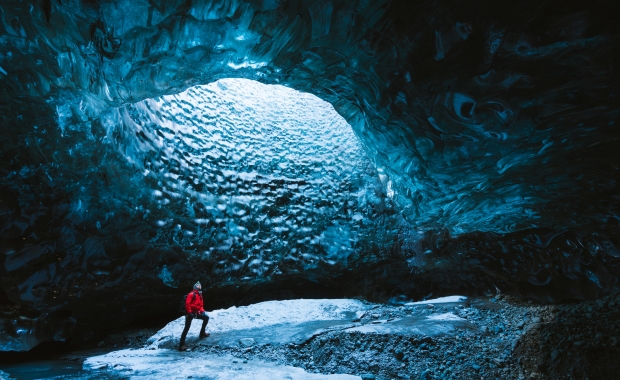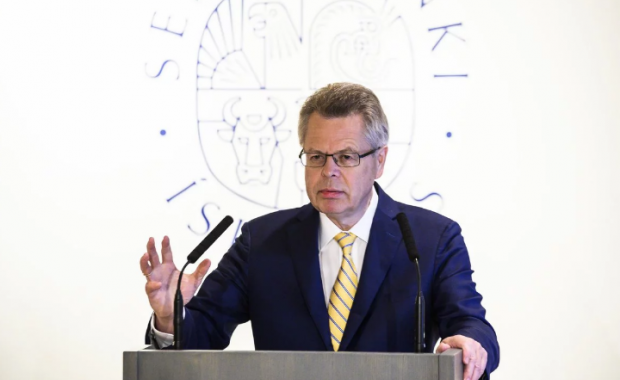In 1973 a volcanic eruption occurred in Heimaey, south Iceland, which left around four hundred homes buried under massive amounts of lava and ash. The eruption in began shortly after midnight and lasted nearly six months. There was very little indication that such a catastrophe was about to unleash itself.
The only sign that something was amiss were two tremors two days earlier that measured 3 on the Richter scale. The epicentre of these was thought to be under the Veiðivötn-lakes, close to the small town of Laugarvatn, which is situated on the south coast of Iceland.
Soon after the eruption began people found a need to name the mountain that had formed during the early days of the eruption. The Icelandic daily-paper, Morgunblaðið, ran an article where readers were encouraged to send in their ideas.
Many different names were suggested among them Kirkjufell (Church-mountain), Þrymur (Thunder), Gribba (Bully), Hrollur (Shrudder) and Bæjarfell (Town-mountain). The name Eldfell won by a nose and was widely disputed. Some felt that naming the mountain Eldfell, which translates to Fire-mountain, was inconsiderate towards the islanders and would be a constant reminder of the disaster that befell the town.
But the name stuck and according to local Sigurður Davíðsson, who was fifteen at the time of the eruption, the people of the Westman Islands have since grown to accept the name.
“At the time, the people of the Westman Islands felt that they had the “born” right to name the mountain themselves – but we have gotten used to the name by now,” Sigurður explains.
In 1973 a volcanic eruption occurred in Heimaey, south Iceland, which left around four hundred homes buried under massive amounts of lava and ash. The eruption in began shortly after midnight and lasted nearly six months. There was very little indication that such a catastrophe was about to unleash itself.
The only sign that something was amiss were two tremors two days earlier that measured 3 on the Richter scale. The epicentre of these was thought to be under the Veiðivötn-lakes, close to the small town of Laugarvatn, which is situated on the south coast of Iceland.
Soon after the eruption began people found a need to name the mountain that had formed during the early days of the eruption. The Icelandic daily-paper, Morgunblaðið, ran an article where readers were encouraged to send in their ideas.
Many different names were suggested among them Kirkjufell (Church-mountain), Þrymur (Thunder), Gribba (Bully), Hrollur (Shrudder) and Bæjarfell (Town-mountain). The name Eldfell won by a nose and was widely disputed. Some felt that naming the mountain Eldfell, which translates to Fire-mountain, was inconsiderate towards the islanders and would be a constant reminder of the disaster that befell the town.
But the name stuck and according to local Sigurður Davíðsson, who was fifteen at the time of the eruption, the people of the Westman Islands have since grown to accept the name.
“At the time, the people of the Westman Islands felt that they had the “born” right to name the mountain themselves – but we have gotten used to the name by now,” Sigurður explains.






